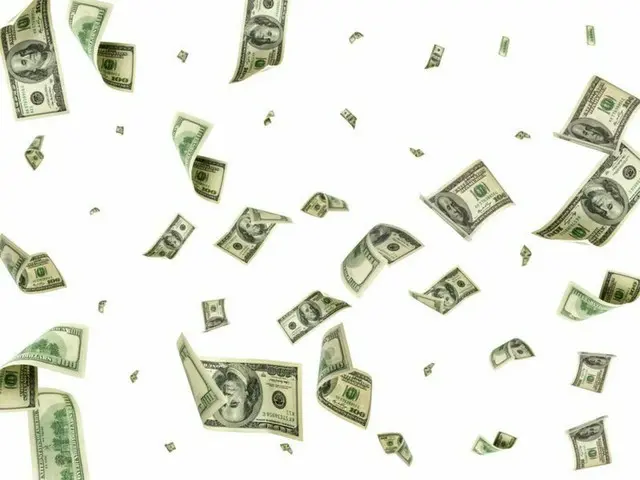Even though factors such as the US exchange rate and rising energy prices are at work, it is analyzed that the rate of inflation will be relatively low due to sluggish demand and delays in raising public utility fees.
Ahead of the release of the "January 2025 Consumer Price Trends" by the Statistics Korea on the 2nd, a survey was conducted among 11 securities companies in Korea, and the results showed that prices in the last month were
It is predicted to be up 1.9% (median value) compared to the same month last year, and the annual increase rate for this year is calculated to be 1.9%.
The forecast for the annual inflation rate was announced by the Bank of Korea in its economic outlook in November last year.
The Bank of Korea forecast at the time that inflationary pressures on the demand side would be limited and that the rate of inflation would slow due to factors such as falling crude oil prices.
Last year's year-on-year consumer price inflation rate was 2.8% in January, 3.1% in February, 3.1% in March, and 2.9% in April.
2.7% in May, 2.4% in June, 2.6% in July, 2.0% in August, 1.6% in September, 1.3% in October, 1.5% in November, and 1.2% in December.
The consumer price inflation rate recorded 1.9% in March and is gradually stabilizing. Last year's consumer price inflation rate was 2.3%, down 1.3% from the previous year.
Experts expect the inflation rate to remain at the same level as last month, as inflationary factors due to rising exchange rates and energy prices will offset downward pressure from sluggish demand.
The already high price level and the effects of the Lunar New Year have caused prices of agricultural, fishery and livestock products to rise, leading to high perceived prices, but the rate of price increases is not expected to change significantly due to a decrease in demand caused by sluggish domestic demand.
"The rise in domestic gasoline prices due to the rise in international crude oil prices, the rise in import prices due to the rise in the exchange rate, and the Lunar New Year holiday period are all factors that are contributing to the rise in domestic gasoline prices," said Park Sang-hyun, a research fellow at iM Securities.
"Due to rising agricultural and marine product prices ahead of the 2020 tax cut, the consumer price inflation rate in January is expected to remain at the same level as December, at 0.4% compared to the previous month," said Cho Young-gu, a researcher at Shinyoung Securities.
"The exchange rate continued to rise from November to December (last year), and natural gas prices continued to rise during the same period," he said. "Taking into consideration that prices rise at the beginning of each year,
"The impact of rising energy prices is being reflected in prices, so we expect prices to rebound to around the 2% level," said Jeong Gyu-young, a researcher at Hana Securities.
The report also said, "The sharp rise in the exchange rate is expected to lead to a further rise in import prices," but also said, "The gradual slowdown in prices of personal services is likely to continue due to sluggish consumption."
2025/02/03 07:20 KST
Copyrights(C) Edaily wowkorea.jp 107

